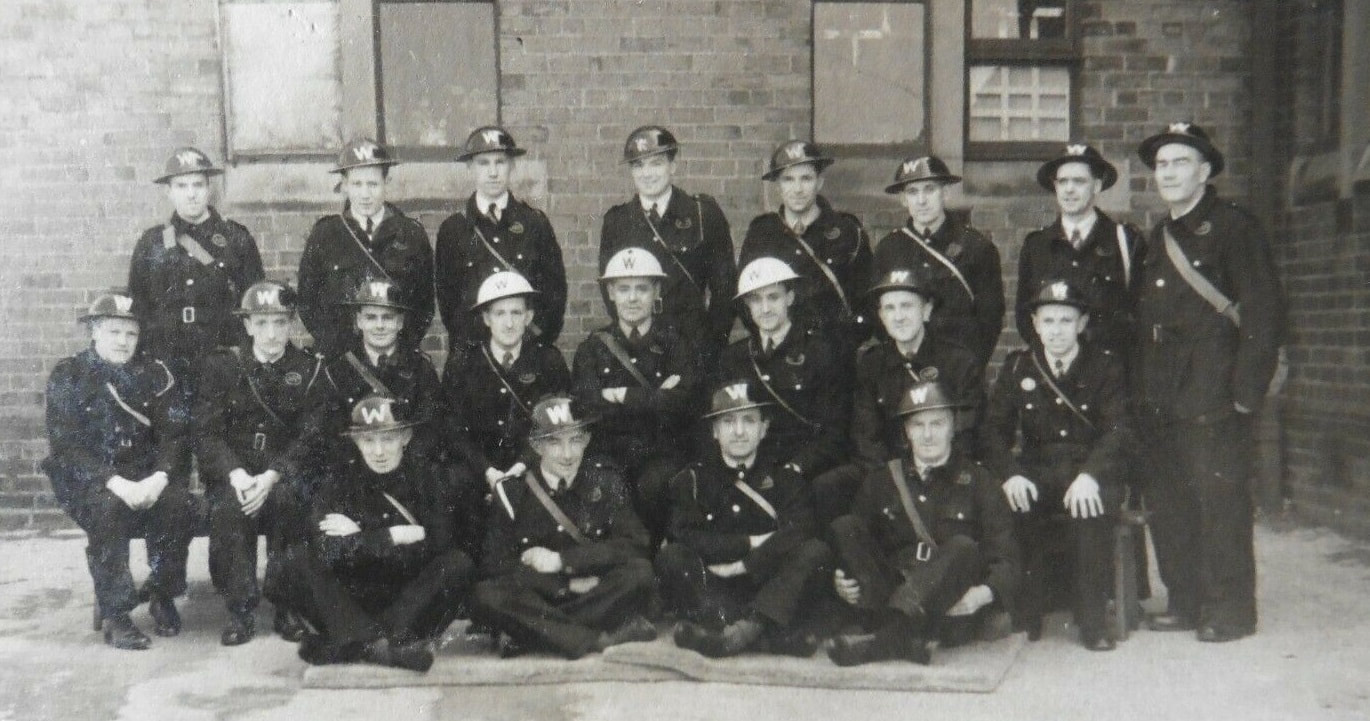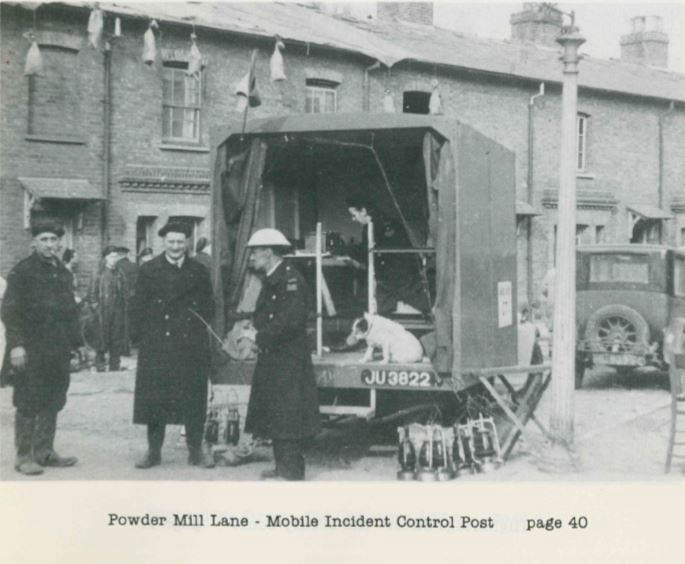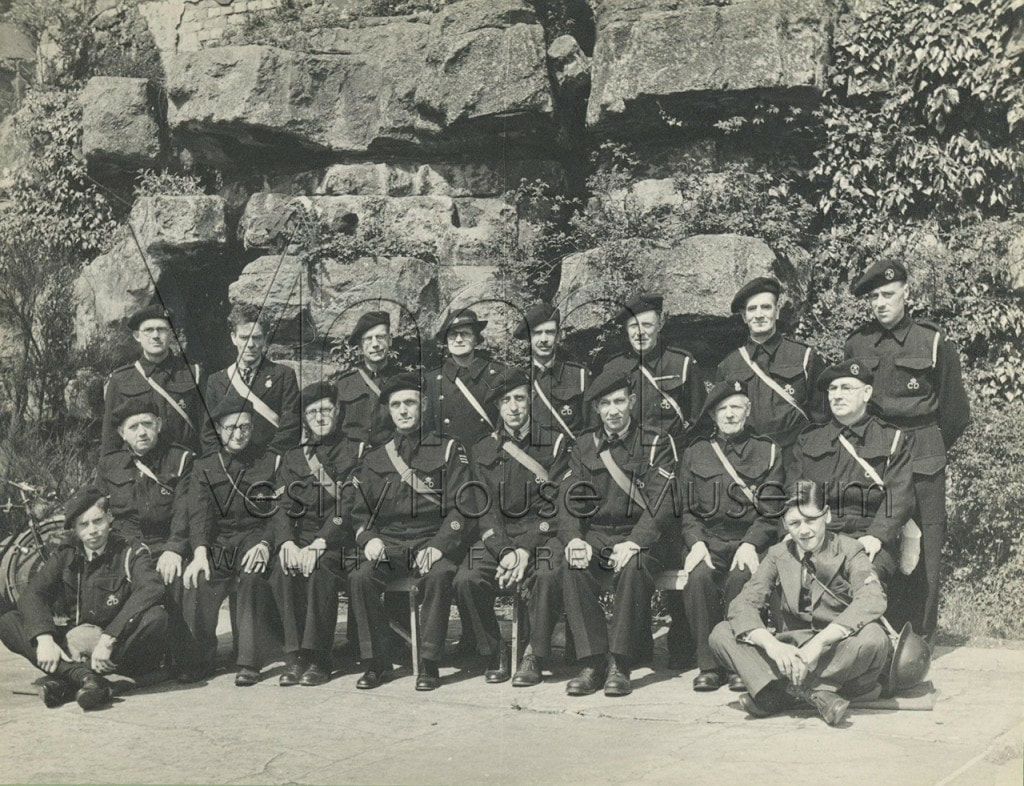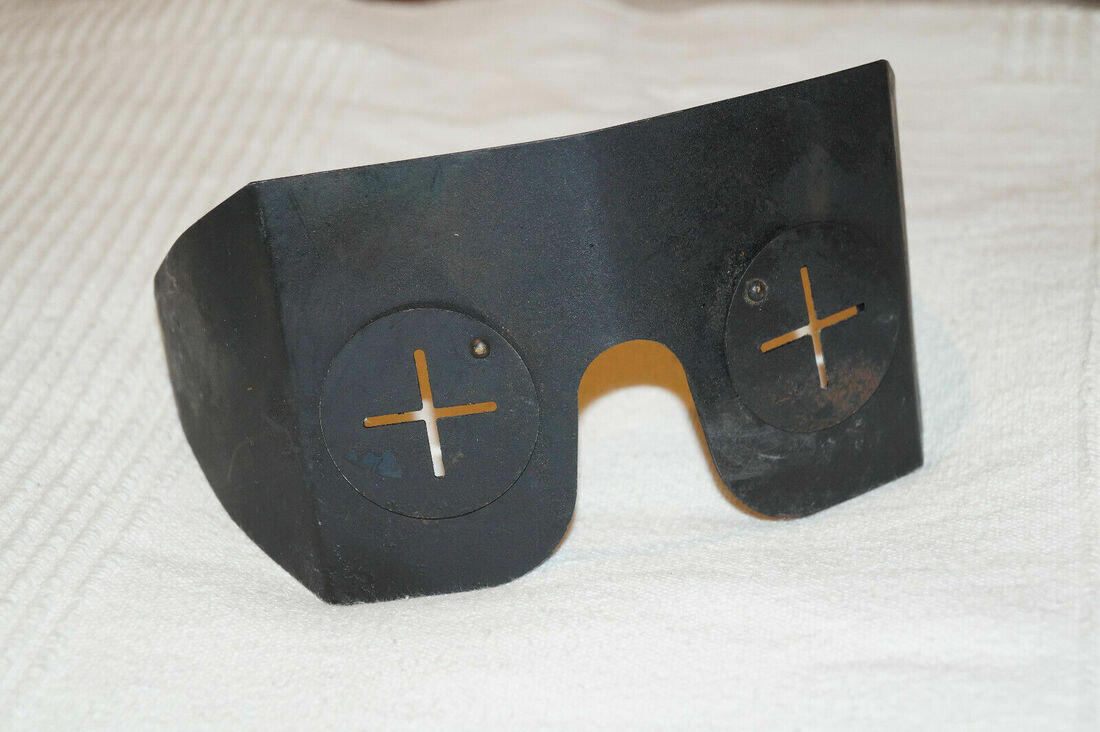|
There's not a great deal of information about the Women's Auxiliary Wardens Service. There are some badges in the Northampton area that feature the service. This document shows that in 1942 (12 August) the WAWS was rolled into the main Wardens' Service. It would be very interesting to learn more about the origin of the WAWS.
0 Comments
A group of wardens pose for a group shot. All in bluette overalls so probably in the few couple of years of the war. At the centre looks to be a Head Warden with a white helmet and single black diamond above the 'W'.
I am indebted to Alan Piddington for sharing some information from a book called "The Diary of an ARP Warden" by EJ Carter of Waltham Abbey. The book contains a series of excellent photographs from the latter half of the war. The below photo shows a rarely photographed mobile incident control post.
A very smart group of wardens from the Leyton area pose for a group photo. I believe the two men sat in the middle have Incident Officer badges on their left sleeve and I think the right sleeve may have 'Instructor' on them. One has three bars for a District Warden and the other two bars for an officer. Looks like a number have the printed beret badge.
© Vestry House Museum I've seen quite a few pairs of splinter googles appear on eBay this year and I've been amazed at the prices they are getting. They are often misidentified as being used on bomber aircraft - perhaps in a way to drive up interest and value. They are selling in excess of a £100. You just have to think how many pairs were thrown out at the end of the war...
|
Please support this website's running costs and keep it advert free
Categories
All
Archives
June 2024
|
|
|
Copyright © 2018–2024
|





 RSS Feed
RSS Feed